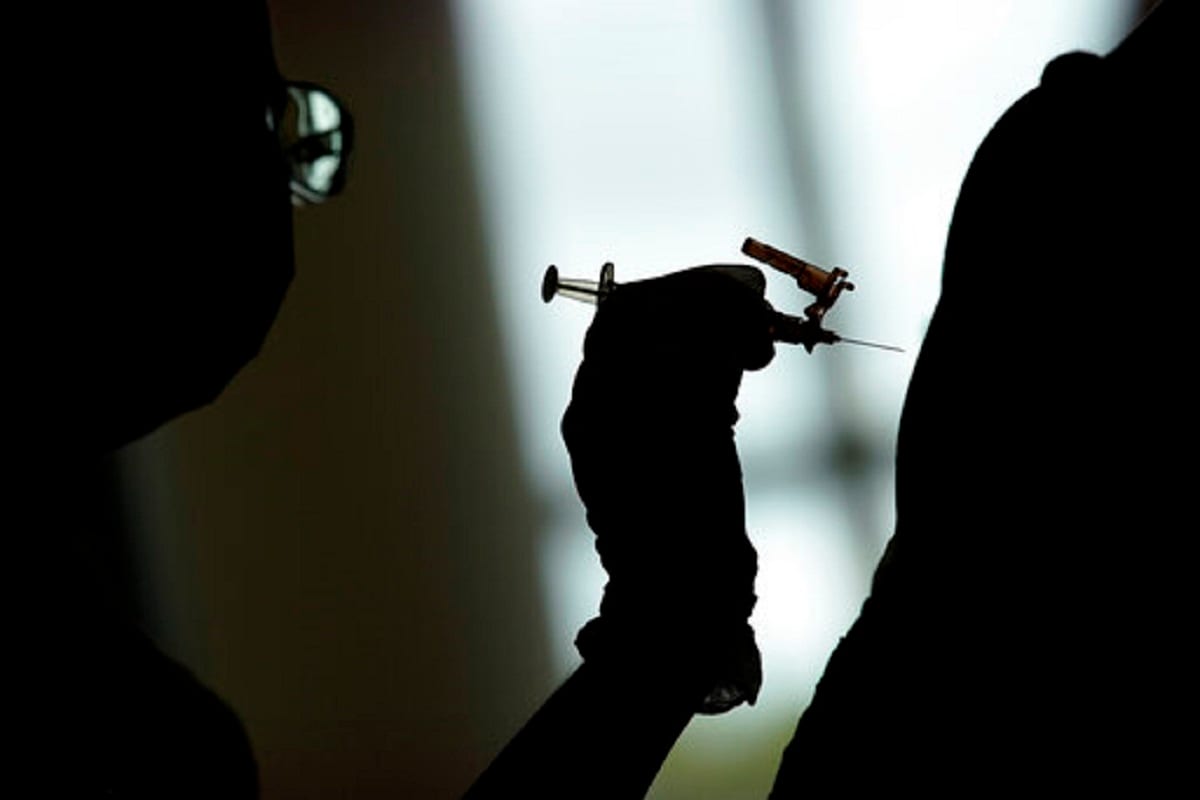Months ahead of state assembly polls in Uttar Pradesh, the Bharatiya Janata Party (BJP) is trying to connect to the people with the help of ‘Jan Ashirwad Yatra’. In the first phase of this Yatra, four newly inducted Central ministers from Uttar Pradesh will lead in the pre-assigned districts.
The Yatra which starts from Monday will be led by Mohanlalganj MP Kaushal Kishore from Lucknow Airport along with him Lakhimpur MP Ajay Mishra and Maharajganj MP Pankaj Chaudhary will also start their Yatra from Lucknow airport. Another minister BL Verma will start his ‘Yatra’ from Mathura which will culminate in Badaun.
The BJP MP Kaushal Kishore comes from Pasi society, BL Verma Lodhi society, Ajay Mishra comes from Brahmin society and Pankaj Chaudhary comes from Kurmi society. The routes of these leaders have also been prepared keeping in mind the caste equations of districts they will go through during the Yatra.
During the Jan Ashirwad Yatra, there will be meetings at various places. Statistics show that in Uttar Pradesh, Yadavs have the highest population among backward classes, Kurmis are at number two and Lodhs are at number three.
The BJP MPs who are starting the Yatra in the first phase include Pankaj Chaudhary who is from Kurmi caste. At the same time, BL Verma who hails from Lodhi community will be starting his Yatra from Mathura. At the moment there are 6 MPs and 26 MLAs from UP who hail from Kurmi caste. The Lodh caste is said to be dominant in Rohilkhand and Bundelkhand areas of the state.
The third minister, Kaushal Kishor, comes from the Pasi caste. Caste-wise figures show that after Jatavs and Chamars, the largest number of Pasi are in the Scheduled Castes. Therefore, keeping in mind the Pasi society, the journey of Kaushal Kishore has also been kept in the first phase. In Awadh and Purvanchal, the Pasi community is in a strong position. The fourth union minister is Ajay Mishra who hails from Brahmin community. Brahmins have the highest number among the upper castes. It is said that about eight to ten percent of Brahmins decide the electoral politics of 30 to 35 assembly constituencies.



